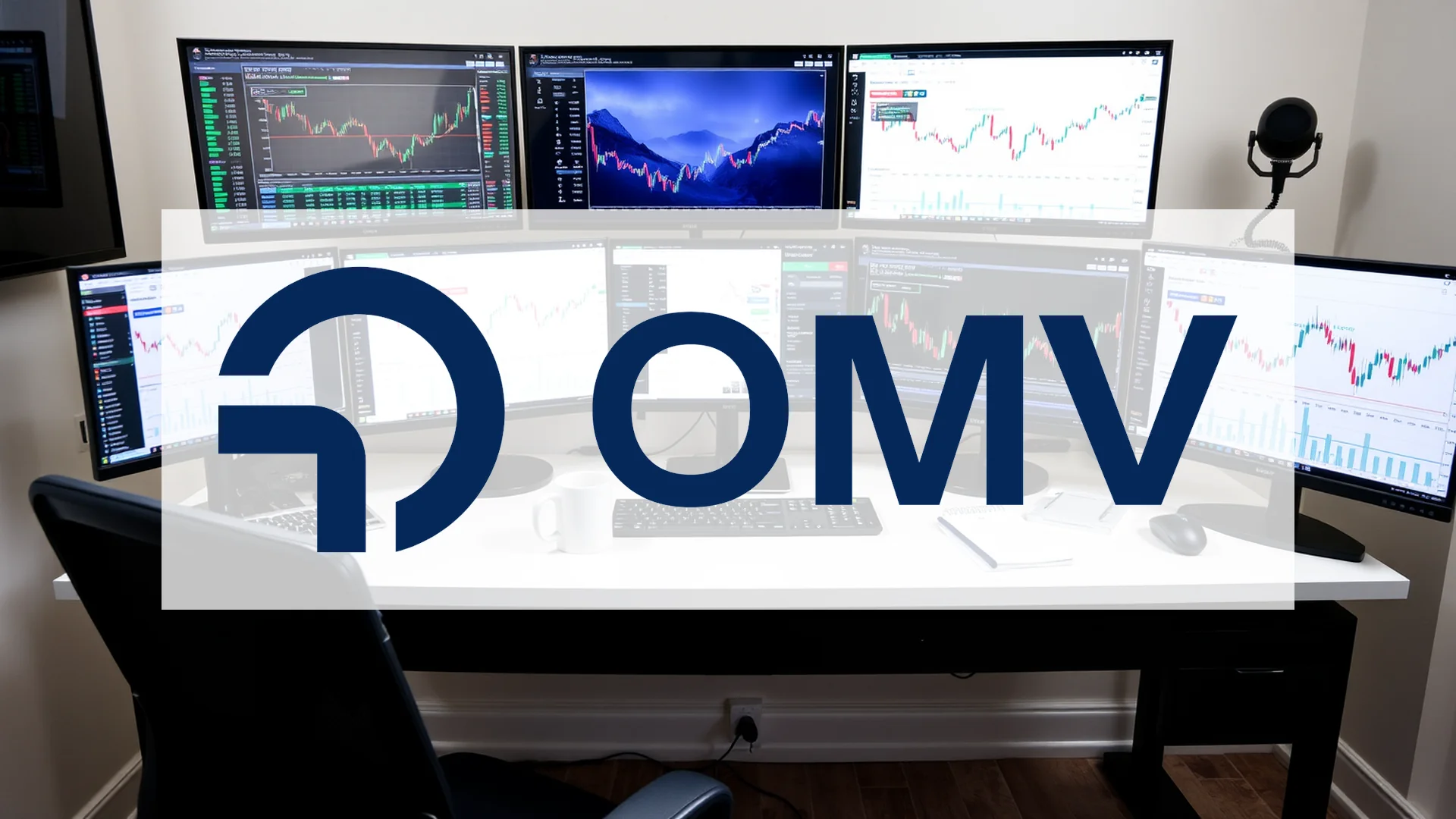Electric vehicle manufacturer Rivian Automotive is riding a wave of positive momentum following its strongest quarterly performance in months. However, beneath the impressive headline figures, fundamental challenges persist. As the stock reaches heights not seen in over a year, investors face a critical question: is this the beginning of a durable recovery or merely a temporary respite in the grueling EV sector competition?
Institutional Confidence and Market Reaction
Financial markets have responded enthusiastically to Rivian’s improved outlook. On November 11 alone, the company’s shares advanced by 7.37%, reaching a 16-month peak. This sustained rally is attracting significant institutional interest, with Citigroup notably more than doubling its stake in Rivian during the third quarter. The financial institution now holds 8.54 million shares.
Despite this optimism, analytical opinions remain divided. Zacks Research upgraded its recommendation to “Hold,” while RBC Capital and DA Davidson maintained neutral positions. Their price targets cluster between $14 and $15, suggesting limited immediate upside from current trading levels.
Quarterly Performance Exceeds Projections
Rivian’s third-quarter 2025 results delivered positive surprises across multiple key metrics. The company reported a loss of $0.65 per share, notably better than the $0.74 loss analysts had anticipated. Revenue performance proved even more impressive, climbing to $1.6 billion compared to projected figures of $1.52 billion.
Should investors sell immediately? Or is it worth buying Rivian Automotive Registered (A)?
Delivery numbers emerged as the quarter’s standout achievement. With 13,201 vehicles delivered, Rivian recorded its strongest quarterly performance this year. Production of 10,720 units indicates the company is gradually scaling its manufacturing capabilities. Particularly noteworthy was the explosive growth in software and services revenue, which surged 324% to $416 million.
Financial Sustainability Concerns Linger
Behind the quarterly triumph, RBC Capital analysts highlight persistent liquidity concerns. Their projections indicate Rivian will continue generating negative free cash flows through 2030. Although the company maintains a substantial cash reserve of $7.1 billion, its ambitious expansion plans require significant capital investment.
The company’s future hinges heavily on the successful launch of its R2 model, scheduled for early 2026. An upcoming “Autonomy & AI Day” in December is expected to showcase practical driver assistance features rather than fully autonomous technology. Concurrently, Rivian is negotiating a loan of up to $6.6 billion from the U.S. Department of Energy to support construction of its Georgia manufacturing facility.
The critical challenge for Rivian remains whether it can leverage this quarterly success to address deeper structural issues. The answer will ultimately determine not just the stock’s trajectory, but the very future of this electric vehicle contender.
Ad
Rivian Automotive Registered (A) Stock: Buy or Sell?! New Rivian Automotive Registered (A) Analysis from November 12 delivers the answer:
The latest Rivian Automotive Registered (A) figures speak for themselves: Urgent action needed for Rivian Automotive Registered (A) investors. Is it worth buying or should you sell? Find out what to do now in the current free analysis from November 12.
Rivian Automotive Registered (A): Buy or sell? Read more here...











